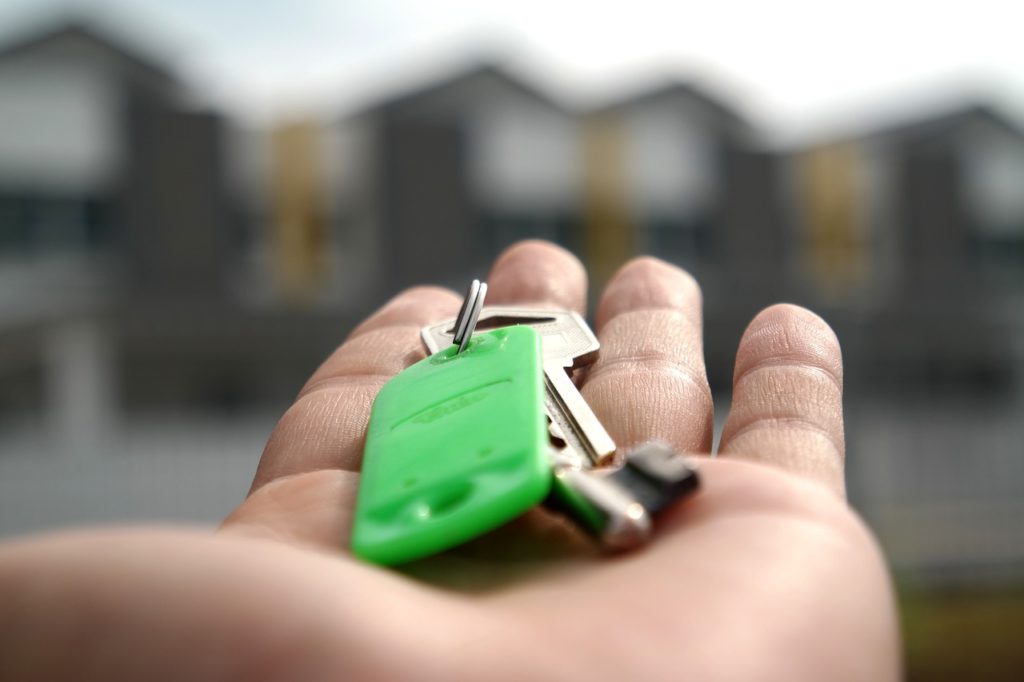If you own a home, it’s likely that your monthly mortgage payments are the biggest financial burden you have. Homes are expensive, which means most people need to take out large loans to be able to afford them. That can lead to monthly payments that are thousands of dollars a month. The loans also take a long time to pay off — as much as 30 years. Refinancing your mortgage to get better terms can help your family financially in a number of ways. Here are five of them.
Lower monthly payments
One of the biggest ways refinancing can help your family is by lowering your monthly payments. This usually happens when you are able to refinance into a lower rate but keep your loan term the same. You might also be able to get lower payments by extending the term of your mortgage. In either case, reducing your monthly payment may free up other money in your budget that you can use for other purposes, such as paying down debt.
Pay off your home faster
Many people have the goal of paying off their home as quickly as possible. Refinancing into a shorter loan term can help do that. For example, if you have 30-year loan and refinance into a 15-year loan, you will pay off your home in a lot less time. The thing you have to keep in mind, however, is that with a 15-year loan, your monthly payment will increase because of the shortening of the payback period. However, you will likely be financing into a lower rate, so the increase may be manageable. Another benefit of a shorter loan term is that you pay less in interest, which means you pay less overall for your home in the long run.
Consolidate debt
Another way refinancing your home can help your family financially is by letting you consolidate debt. If you have enough equity in your home, you can refinance into a bigger mortgage and use the extra money to pay off debt that you have. While this will increase your monthly mortgage payment, it likely will reduce your overall monthly expenses, because you will be paying off higher-interest debt, such as credit card debt. Keep in mind, though, that by raising your mortgage payment and possibly extending your term, it can saddle you with a large financial burden for a longer period.
Cash out equity
For most people, their home is the biggest financial asset they have, so it can be a way to get cash if needed. A cash-out refinance works much like a refinance to consolidate debt. You tap the equity you have built up in your home to increase your mortgage amount and take out the difference as cash. You can use this extra money for a number of purposes, such as making needed home repairs, paying for college or starting a business. The low mortgage interest rates make this an attractive alternative to taking out a personal loan, which carries a much higher interest rate.
Getting rid of mortgage insurance
If you were not able to make at least a 20% down payment when you got your mortgage, you likely had to pay for private mortgage insurance, which may have added $100 or more to your monthly payment. Some government-backed loan programs also require mortgage insurance. One of the easiest ways to get rid of mortgage insurance is to refinance your loan once you have reached at least 20% equity. This will allow you to drop the mortgage insurance as part of your new loan.
Refinancing your mortgage can greatly improve your family’s financial situation, making it something to seriously consider. There are some things to keep in mind, though. You will need a good credit score to get the best interest rate. There also are closing costs just as with a purchase loan, so make sure you figure those costs into your calculations.




